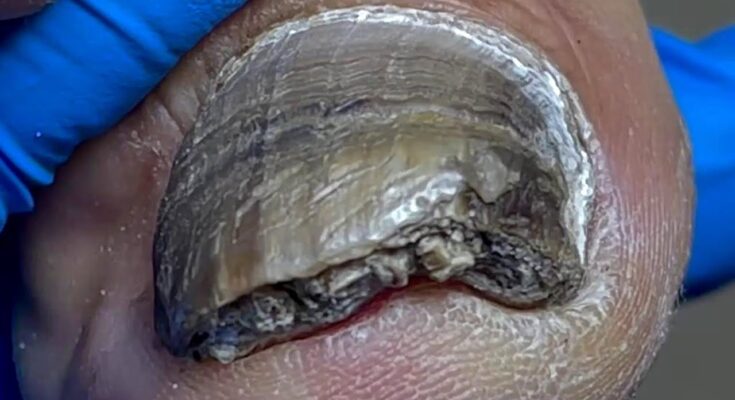A “dead nail” typically refers to a nail that has become damaged, discolored, or detached from the nail bed, usually due to trauma, infection, or other medical conditions. Treatment for a dead nail will depend on the cause and severity of the condition. Here are the general steps for dealing with a dead nail:
1. Assess the Cause
- Trauma or injury: If a nail is dead due to an injury, it may need time to heal naturally.
- Fungal infection: Fungal infections can lead to discoloration or damage. These typically require antifungal treatments.
- Other medical conditions: Conditions like psoriasis or diabetes can affect nail health.
2. Keep the Area Clean and Dry
- Gently clean the nail with mild soap and water to avoid infection.
- Dry the area thoroughly to prevent fungal or bacterial growth.
- If there is a wound, apply a sterile bandage to protect it.
3. Use Topical Treatments (If Fungal Infection is Suspected)
- Antifungal creams or ointments: Over-the-counter products like terbinafine or clotrimazole can help treat fungal infections.
- Antiseptic solutions: If the nail appears infected, using antiseptic like hydrogen peroxide can help prevent further infection.
4. Pain Management
- If the dead nail is causing pain or discomfort, over-the-counter pain relievers (e.g., ibuprofen or acetaminophen) can help reduce swelling and pain.
- Applying a cold compress can also help reduce swelling.
5. Avoid Picking or Pulling
- It’s crucial not to pick or pull the dead nail, as this can cause further damage to the nail bed or increase the risk of infection.
6. Consult a Healthcare Professional
- For severe trauma: If the nail is completely detached or causing severe pain, it’s best to visit a doctor. They may suggest removal of the nail or provide treatments to promote healing.
- For fungal infections: A healthcare provider can prescribe stronger antifungal medications or recommend other treatments.
- For underlying medical conditions: If the nail damage is linked to a condition like diabetes or psoriasis, treatment for that condition may be necessary.
7. Nail Regrowth
- If the nail is lost or removed, it will eventually grow back, though the process can take several months (usually 6-12 months for fingernails).
- You may want to protect the new nail as it grows, especially if the nail bed was injured. Applying a bandage or avoiding pressure on the area can help.
When to Seek Medical Attention
- If there is severe pain, swelling, or signs of infection (pus, redness, warmth), consult a healthcare professional.
- If the nail does not begin to heal, or if new nails are growing abnormally, seek medical advice.
In most cases, with proper care, the nail will heal, and a new, healthy nail will grow back over time.



